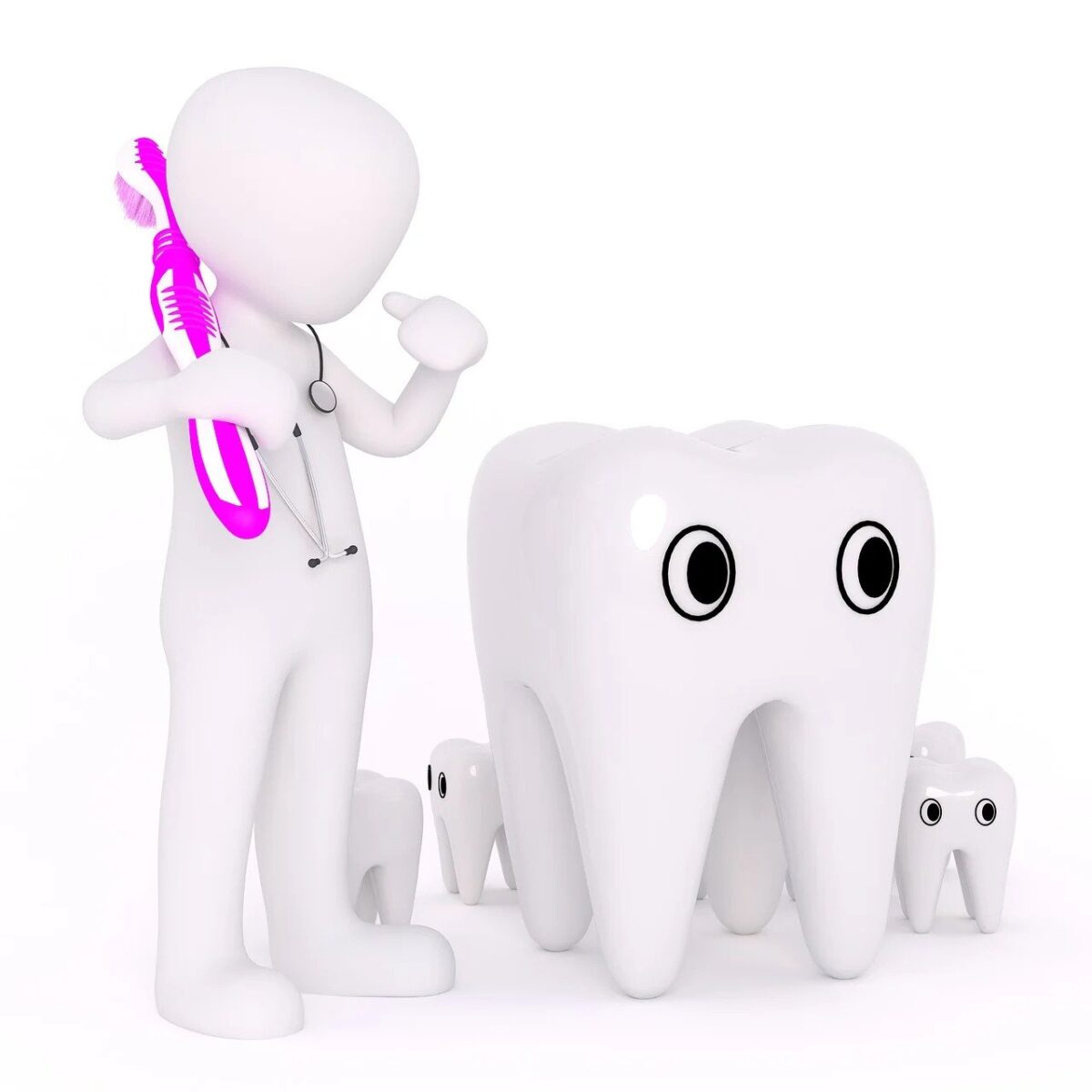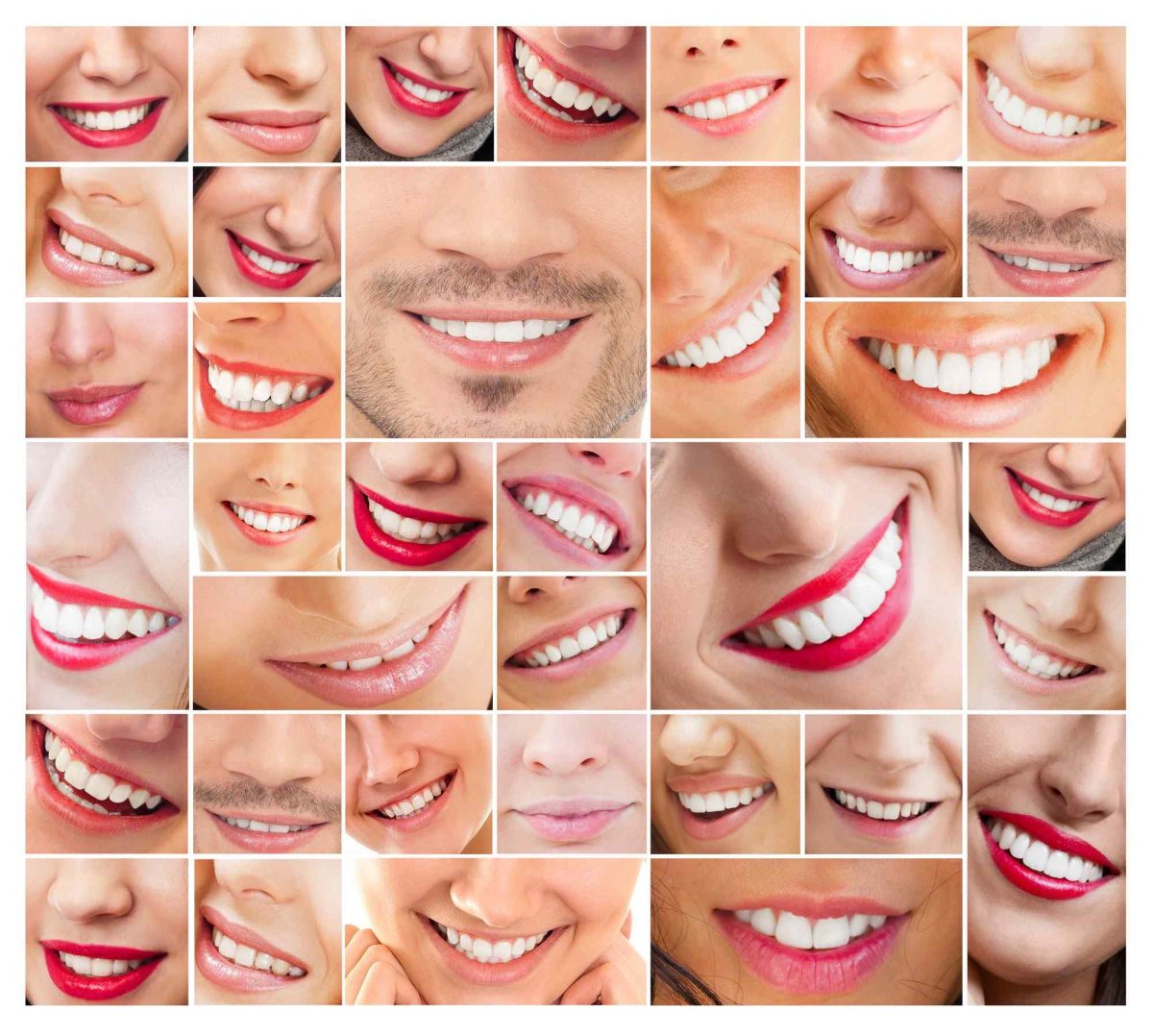There are a lot of choices out there when it comes to purchasing a toothbrush, which makes it difficult to know what to look for. Here are answers to some frequently asked questions about tooth brush.
Shape of the brush head: Choose a toothbrush with a small brush head design so that it helps you to get to the hard-to-reach places of your mouth.
Hard/soft bristles: Your toothbrush should have soft bristles that are gentle on your teeth and gums.
Angled/Straight bristles: Multi-angled bristles are designed in such a way so as to increase contact with tooth surfaces between teeth, lifting out plaque even from tough spots.
Handle design: Use a toothbrush which has non-slip grips which make them easy to use even if wet. The grip is one of the most important parts of the toothbrush. The Grip prevents accidental slippage of the toothbrush when wet which can lead to injury of the oral soft tissues.
Manual/Electric: Manual/Electric both are effective for brushing. Choose what feels comfortable and makes you want to brush your teeth regularly. However, an electric toothbrush can be a great alternative to a manual toothbrush, especially for children, people with disabilities, older adults, and people who have arthritis or other conditions that make it difficult to brush well. Whether you choose an electric toothbrush or a manual toothbrush, remember that what’s most important is daily brushing and flossing.
You should be brushing your teeth at least twice a day for two minutes at a time. Flossing is just as important when it comes to removing debris, food particles and plaque from between the teeth.
It is advised that you change your toothbrush about every 3 months/if the bristles become worn out before that.
Worn-out bristles tend to be more abrasive on your gums, which can lead to premature gum recession and inflammation in your gums.
If you take a look at your toothbrush every time you use it, you’ll notice when it begins to deteriorate. Keep your eye on the bristles. They should be soft but springy and resilient. They must be sturdy enough to sweep away food particles and plaque. Once the bristles stop bouncing back to their original shape, its time to discard the brush. If the bristles are no longer straight and stiff, change the toothbrush.
It is advised that you change your toothbrush if you are sick.
You should rinse the toothbrush thoroughly after each use. Store toothbrush in an upright position after use and allow them to air dry. Storing a toothbrush in a closed container can cause bacteria to build up, so it’s best to let the bristles of the toothbrush fully dry between each usage.
Never keep all your toothbrushes together with their heads touching each other. This just leads to a wider spread of bacteria.



